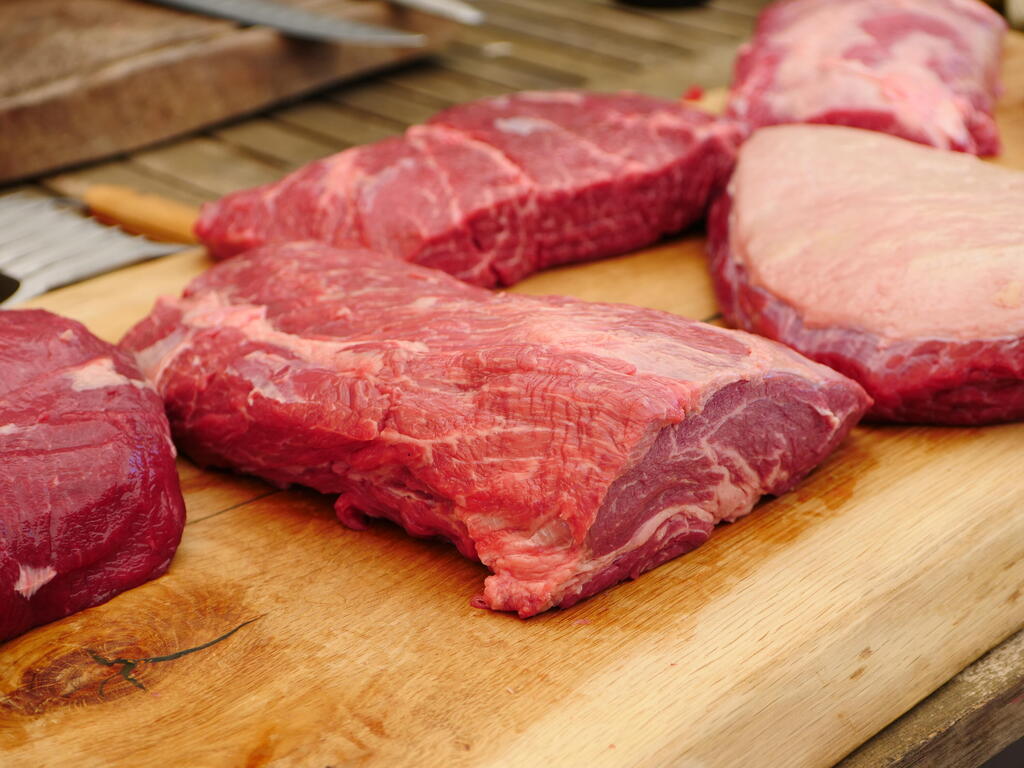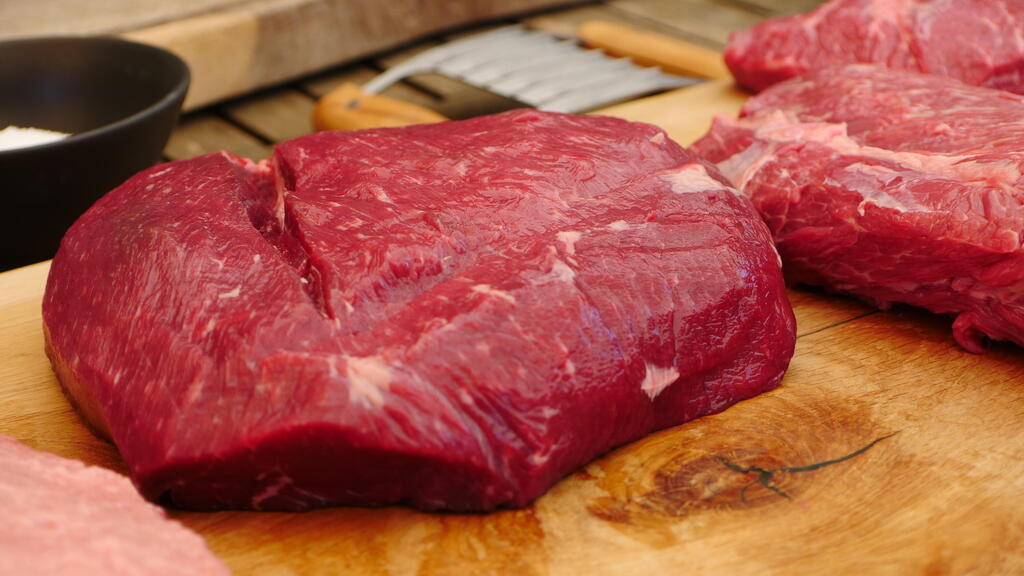One of the most familiar warnings for anyone who has ever handled meat in the kitchen is not to refreeze defrosted meat. But why is that? The primary reason is health-related: defrosting meat allows bacteria and pathogens to multiply, which could endanger us. Furthermore, refreezing meat can adversely affect its texture and taste.
Other stories:
To understand exactly why these things happen it’s essential to understand the origins of meat and the procedures it undergoes before landing in our household freezer.
3 View gallery


Bacteria can survive for years in the freezer and proliferate rapidly once the meat is defrosted
(Photo: Shutterstock)
Firstly, meat - whether derived from livestock, poultry or fish - may naturally harbor bacteria. These bacteria can originate from the animal’s habitat or from the handling and packaging processes that the meat undergoes from the moment of slaughter to packaging - for example, from knives or work surfaces that aren’t sufficiently clean.
While many bacteria do not harm humans, some can cause diseases or food poisoning. Escherichia coli (E. coli), for example, can come from fecal contamination of beef and lamb and can lead to severe intestinal inflammation accompanied by bloody diarrhea.
Listeria, commonly found in soil and water bodies, as well as in the excreta of animals and humans, can reach meat in various ways. A Listeria infection could potentially lead to conditions such as meningitis, sepsis, pericarditis, or even miscarriage.
Vibrio, a bacteria that can cause severe intestinal inflammation, is typically found on fish scales, while Salmonella, which can cause diarrhea and vomiting, is commonly found on meat, poultry and eggs.
Keeping Cool
Disease-causing bacteria reproduce most rapidly at human body temperature (36–37°C). At lower temperatures, their metabolic activity slows down. Consequently, meat is typically kept refrigerated to prevent the growth of bacteria in it. Since liquid water is required for all the biochemical processes in the body to occur, freezing is the preferred mode of preservation.
Freezing in a typical household freezer at approximately -18°C prevents bacterial reproduction, though some bacteria can endure long-term freezing. One reason for this resilience is the rigid cell wall of the bacterium, which can partially withstand the pressure of the water crystals that would otherwise rupture it.
Moreover, factors such as the shape of the cell, its salt composition, and the composition of its wall can all influence the ability of bacteria to survive freezing. Certain bacteria can even survive for hundreds of thousands of years under such conditions.
Under conventional refrigeration conditions in a refrigerator (2–4℃) some bacterial species can divide and multiply, albeit at a slow rate—for example, Listeria divides every 35 hours at 4°C.
Thus, meat intended for consumption must be kept frozen, including during transportation from the abattoir to the store. Frozen meat can be stored for several months without any health concerns; the main problem is that the humidity that penetrates the tissues may gradually affect the taste and texture of the meat. Fresh meat can be stored in the refrigerator for a few days without freezing, in accordance with the recommendations of the Health Ministry.
Defrosting Safely
To inhibit bacterial growth, meat should be defrosted in the refrigerator, where bacteria grow slowly, or in a microwave, and should be cooked immediately after it has been defrosted.
Ground meat is particularly prone to bacterial contamination since bacteria present on the cutting surfaces, knives and grinding machines can be introduced during the grinding process.
Depending on the size of the cut, defrosting meat in the refrigerator can take between a few hours to an entire day. In any case, it is crucial not to leave meat outside the refrigerator to defrost, particularly during the hot summer, since this enables the bacteria to multiply rapidly.
Under optimal conditions, bacteria can multiply rapidly and divide every 20–30 minutes. Thus, when meat is left out of the refrigerator, the exposed defrosted surfaces of the meat provide fertile ground for bacterial growth, even while the inside of the meat is still frozen. Therefore, during the next thawing, there will be many more bacteria in the meat. Therefore, Israel’s Ministry of Health recommends not refreezing thawed meat.
However, the U.S. Department of Agriculture has declared that it is possible to refreeze meat that has been thawed in the refrigerator, but not thawed meat that has been left out of the refrigerator for more than two hours—or more than one hour if the temperature is above 32℃.
Regardless, one should pay attention to any change in the color or smell of defrosted meat; these can be indicative of contamination and spoilage.
Bon appetit!



